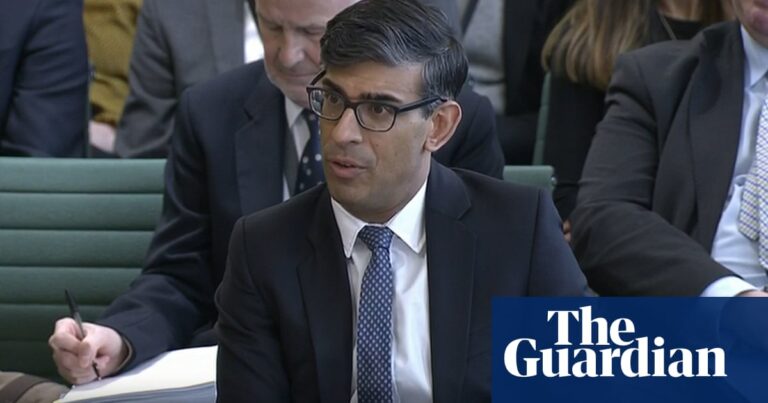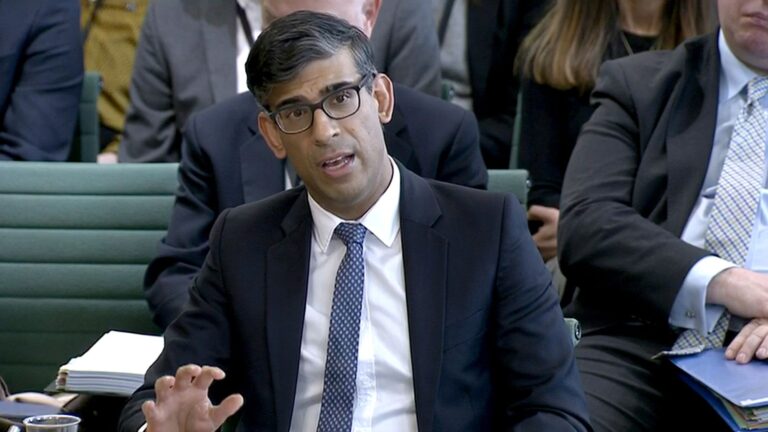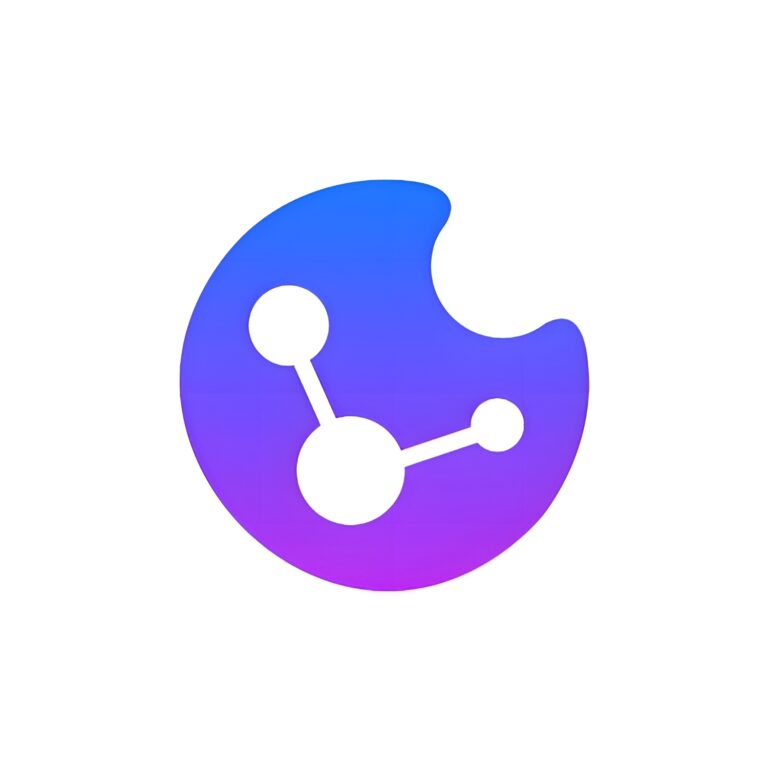How to attract customers by listening and following them

The opinions expressed by Entrepreneur authors are their own.
My wife recently hired a dietitian to help her regain her health and improve her diet. My wife is not easily persuaded and likes to consider potential outcomes and consequences before taking action. So I asked my wife why she hired one dietitian and not several others she had talked to.
She said there were two main reasons: she felt heardand dietitian continued.
Know what your customer wants
Dietitians that my wife didn’t choose seemed to be selling her something she didn’t want. She felt like she was going to a painter to help her paint her house, and they still wanted to do landscaping.
The other dietitians were nice and kind. But my wife had a very particular and specific need. She didn’t want medication or Weight Watchers. She wanted to have a guide and a trainer who would help her in everyday life. The dietitian who got the job actually listened and understood what my wife wanted.
Related: Are You Really Listening to Your Customers? Probably not, but you should.
Follow, follow, follow!
Second, the employed dietitian continued treatment. Often, your next customer will not buy from you after the first conversation.
Maybe they’re not quite ready yet. Perhaps when you talk to them, they are in the middle of a move. Maybe there are screaming children in the car. Maybe it’s just bad timing.
Whether you’re a dietitian, lawyer, accountant, web designer, or any other entrepreneur, these two principles of understanding who your customers are – and what they want – and the ability to monitor, are essential to growing your business.
Related: How to write follow-up emails that get a reply
How to better understand your future customer
Understanding who your customers are and their problems and concerns is essential for small business owners and entrepreneurs. My best sales come when I really listen and understand the customer. Here are some tips to help you do it better.
1. The importance of questions. Understanding your prospects is about asking insightful questions. This practice is not limited to the queries themselves, but extends to how the questions are asked. It’s important to initiate conversations that make your customers feel comfortable expressing their preferences and thoughts.
2. Active listening and involvement. Active listening is as important as the questions you ask. This involves listening not only to the words being spoken, but also drawing conclusions from the tone, pauses, and enthusiasm behind them. Learning about their previous experiences with similar services or products can shed light on their preferences, helping you tailor the service or product to better suit their needs. The dietitian my wife hired did a great job of asking the right questions and understanding her needs.
3. Understanding customer expectations. Asking clients about their definition of success gives you a clear picture of their goals. This not only helps you tailor your offering to meet their expectations, but also demonstrates your commitment to meeting their unique needs.
Related: How the best salespeople anticipate customer needs
How to use technology to connect with future customers
1. Use CRM systems. CRM platforms can help consolidate customer data, including contact details, preferences and previous contacts. They also enable personalized follow-up. They can even help you know when it’s time to reach out to customers based on pre-defined schedules or after specific factors, ensuring no customer feels neglected. Tools like Hubspot, Keap, Zoho CRM and Nimble are great for this.
2. Task reminders for consistency. Task reminder apps are simpler tools, but incredibly powerful in keeping follow-ups on time. They can be set to remind you to reach your customers at optimal times, making the process more systematic. This approach is particularly effective for individual professionals or small businesses that may not need the full suite of CRM features but still prioritize consistent communication. Tools like Asana, Google Tasks, Outlook 365 Tasks and many others can help.
3. Marketing automation. Marketing automation takes follow-up to a new level. From sending personalized emails based on customer activity to scheduling social media posts that keep your business up to date, these tools ensure continuous and consistent customer engagement. For example, after an initial consultation, a dietitian can set up an automated email sequence to send helpful tips, encouraging messages, or gentle reminders to schedule a follow-up appointment, seamlessly maintaining the relationship with the client.
Related: 4 Crazy Truths About Lack of Follow-Up
summary
This was a simple example of a dietitian “beating” other dietitians to “win the sale.” She convinced my wife – who is not an easy sell (I might add) – to buy the product.
Take the right steps. Continue to engage with the customer, especially if you know you’re the right fit for them and have the solution they need. Don’t be irritating, but continue. Find out who your client is, what their goals and needs are, and how you can help them achieve their desired outcome.






